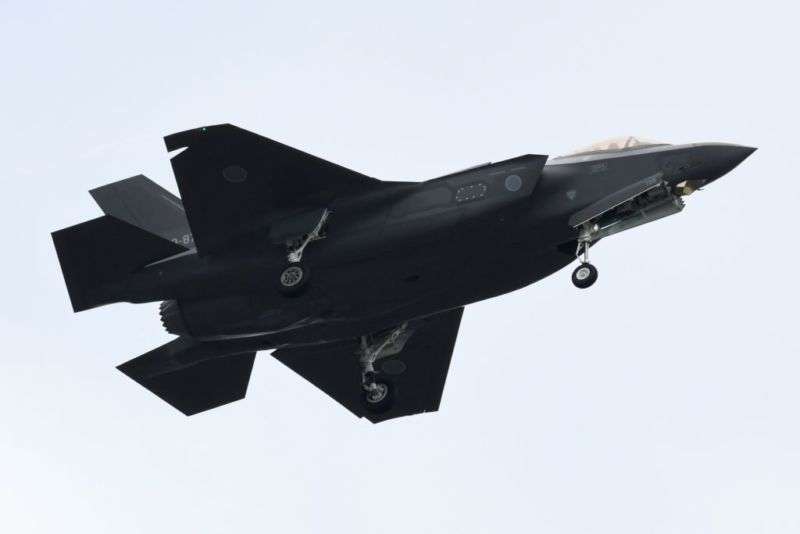
Japanese F-35 crashed into Pacific, rest of fleet grounded

On Tuesday, a Japanese Air Self Defense Force (JASDF) F-35A fighter disappeared from radars suddenly only 20 minutes after takeoff in reportedly clear weather, with no distress calls from the pilot. Today, after a search-and-rescue effort involving Japanese military and US Navy ships and aircraft, the wreckage of the aircraft was located. But the search continues for the pilot.
According to a JASDF spokesperson, the F-35A was lost from radar approximately 135 kilometers (about 84 miles) east of Misawa Air Base, a joint US-Japanese air base in Aomo prefecture—about 690 kilometers (430 miles) north of Tokyo.
This is only the second F-35 crash since the aircraft completed flight testing—a Marine Corps F-35B crashed in South Carolina in September of 2018. But there have been other safety incidents with the aircraft. In June of 2014, an Air Force F-35A caught fire before take-off because of an engine failure. And in June of 2017, the Air Force briefly grounded F-35As after five incidents in which pilots experienced the symptoms of hypoxia (oxygen deprivation).
The cause of the crash, which occurred at 7:27pm local time on Tuesday (6:30am EDT), remains unknown. The JASDF has grounded its remaining F-35 aircraft pending results of an investigation. But as the flight data recorder for the aircraft is in waters with a depth of about 4,900 feet (1,500 meters), recovering it will be difficult at best.
Made in Japan
The F-35 that went down was one of the first five aircraft delivered to the JASDF—and the first to be assembled by Mitsubishi Heavy Industries, which partnered with Lockheed Martin in the company’s sale to Japan. (The first four F-35As were built in the US and initially used for training Japan’s F-35 pilots at Luke Air Force Base in Arizona.) Mitsubishi previously licensed the design of the General Dynamics F-16 to build Japan’s F-2 multirole fighter, the aircraft the F-35A is intended to replace. The JASDF plans to buy a total of 87 F-35A aircraft, 83 of which will be assembled by Mitsubishi.
Given the cumulative number of hours on the F-35A at this point, it would seem unlikely that the crash was caused by a previously unknown design flaw. The aircraft lost had a total of 280 flight hours prior to the crash. The pilot was fairly experienced, with more than 3,200 hours of flying time. But like all of the JASDF’s pilots, he had limited experience thus far with the F-35A—only 60 hours of flight time in the type.




